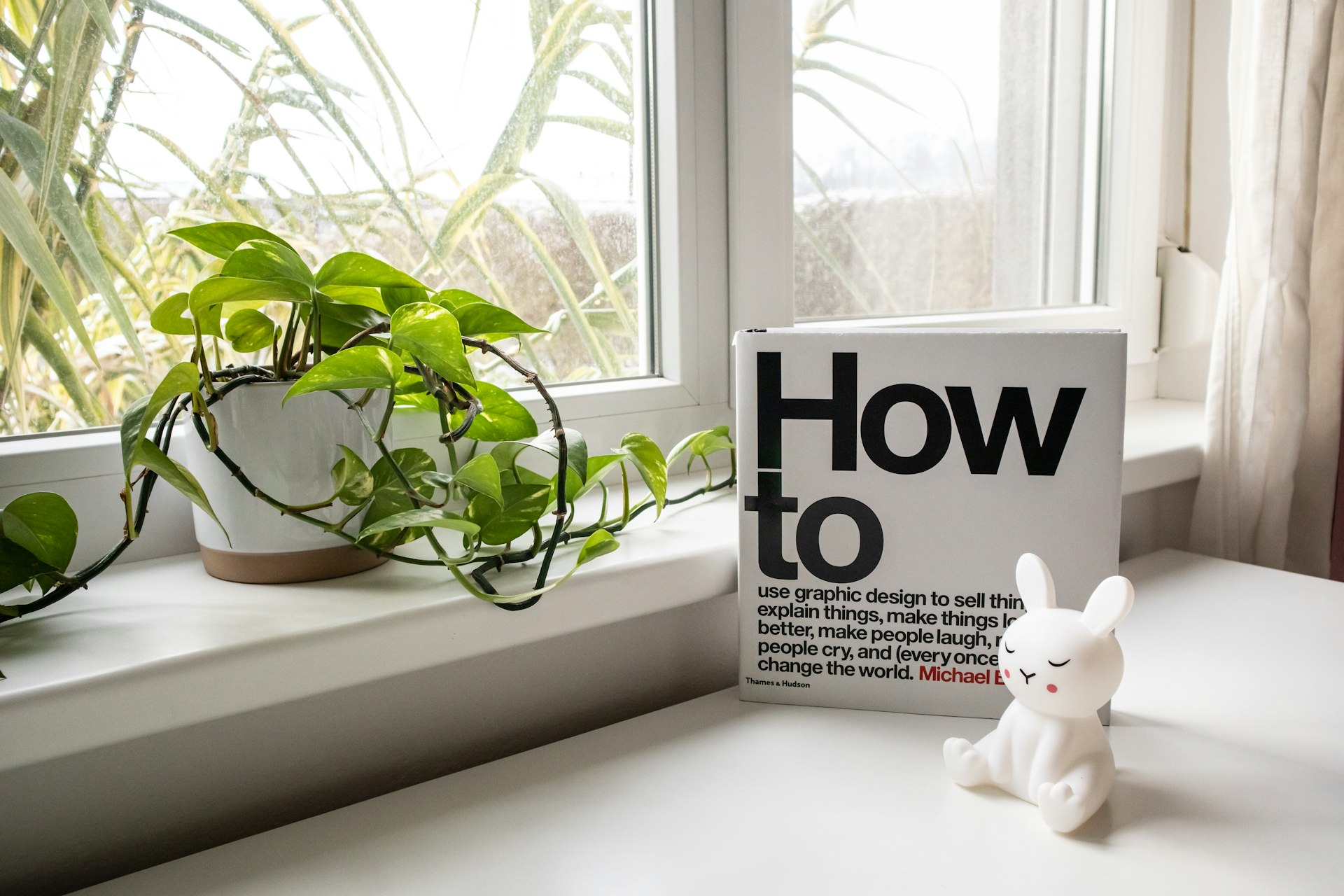Creative Upcycled Container Gardens: Transform Household Items Into Unique Planters

Photo by Prakriti Khajuria on Unsplash
Introduction: The Art of Upcycling for Your Garden
Transforming household items into vibrant container gardens is a rewarding, environmentally friendly, and budget-conscious way to personalize your outdoor space. By upcycling, you give new life to objects that might otherwise end up in landfills, all while adding unique charm and character to your garden. This guide will provide you with detailed, actionable ideas and step-by-step instructions for repurposing common household items-ensuring every project is both practical and inspiring.
Why Upcycle? Benefits of Reusing Household Items
Upcycling household items into garden containers offers several significant benefits:
- Eco-Friendly: Reduces waste by giving discarded items a second life.
- Cost-Effective: Saves money compared to purchasing new planters.
- Customization: Allows for unique, personalized garden designs.
- Cultural and Nostalgic Value: Repurposing family heirlooms or vintage finds can add sentimentality to your garden.
Studies confirm that reusing materials in the garden can help reduce landfill waste and lower the carbon footprint associated with manufacturing new goods [3] .
Getting Started: How to Select and Prepare Household Items
Begin by surveying your home for unused or old items. Kitchens, garages, and even attics are treasure troves for potential planters. When choosing items, consider:
- Material: Items made of metal, ceramic, glass, or sturdy plastic are often best for outdoor use.
- Size: Pick containers appropriate for the plants you wish to grow.
- Drainage: Most plants require containers with drainage holes. For items without holes, drill or carefully puncture the bottom, or add a layer of stones to prevent waterlogging [3] .
Popular Upcycled Container Garden Ideas
1. Vintage Kitchenware Planters
Old stock pots, kettles, teapots, and colanders are ideal for small flowers or herbs. Their nostalgic appeal adds whimsy and warmth to patios or garden beds. To use them:
- Clean thoroughly and ensure any rust is removed.
- Drill drainage holes if needed.
- Fill with potting soil and plant your choice of greenery.
Grouping multiple kitchenware pieces together can create a striking display with varied heights and colors [3] .
2. Repurposed Sinks and Bathtubs
Old sinks, whether cast iron or porcelain, can become focal points in a garden. Their built-in drainage makes them practical as well as decorative. To implement:
- Position the sink in a stable location.
- Fill with a coarse layer (like gravel) for drainage, then add soil.
- Plant a mix of flowers, succulents, or even small vegetables.
This approach is especially popular for whimsical or cottage-style gardens and is frequently featured in garden tours for its creative flair [5] .
3. Upcycled Metal and Wooden Containers
Galvanized buckets, feed troughs, and even old wooden crates or drawers make excellent planters. These can be found at estate sales, flea markets, or your own garage. To use:

Photo by Jane Dang on Unsplash
- Ensure containers are sturdy and rust-free (for metal).
- Drill drainage holes or line with landscape fabric for wood.
- Paint or decorate for added personality.
Experiment with vintage tins or milk cans to add farmhouse charm. These containers are particularly well-suited for larger plants or mixed arrangements [1] .
4. Creative Textile Planters
Using old blue jeans or fabric totes as planters adds a playful touch. For instance, jeans can be filled with soil and straw to create a quirky “standing planter.” Fabric containers allow for easy movement and creative placement.
- Fill the base with straw or newspaper for structure.
- Add a plastic liner with holes for drainage if needed.
- Insert soil and plant shallow-rooted flowers or herbs.
This method is also fun for children’s gardening projects and brings a sense of humor to your landscape [2] .
5. Upcycled Garden Art: Fencing, Baskets, and Bottles
Old metal fencing can be rolled and shaped into unique planters or plant supports. Baskets of any kind-grocery, bicycle, or wicker-can be lined and filled with soil for a rustic look. Wine bottles and milk bottles work as vases or can be embedded neck-down into soil for decorative edging.
- Inspect for stability and make sure the container can withstand outdoor conditions.
- For baskets, add a plastic liner or landscape fabric to retain soil.
- Group multiple bottle vases for a wildflower centerpiece.
These projects can be adapted for balconies, patios, or even indoor spaces [1] [5] .
Step-by-Step: Creating Your Own Upcycled Container Garden
Follow these steps to create a successful upcycled planter:
- Choose Your Container: Select a household item based on size, style, and intended plant type.
- Prepare for Planting: Clean thoroughly. For non-porous containers, drill or punch drainage holes. For wood, treat or line to prevent rot.
- Add Drainage: Place a layer of gravel, rocks, or broken pottery at the bottom before adding soil.
- Fill with Quality Potting Mix: Use a potting mix suitable for your chosen plants to ensure proper drainage and nutrients.
- Plant and Place: Arrange plants as desired, water well, and position your new planter in an appropriate spot.
- Maintain: Monitor moisture, fertilize as needed, and refresh plantings seasonally.
For more in-depth tutorials, you can explore reputable gardening resources or visit your local garden center for advice on plant selection and soil types.
Potential Challenges and Solutions
Some challenges you may encounter include:
- Drainage Issues: Many household items lack drainage holes. Address this by drilling holes or using a layer of rocks and monitoring soil moisture frequently.
- Material Durability: Items not intended for outdoor use may deteriorate. Protect wood with sealant, and choose rust-resistant paints for metal.
- Weight and Portability: Heavy containers like bathtubs or troughs may be hard to move. Plan placement before filling with soil, or use wheeled bases for mobility.
If you need help with tools or safety advice for modifying containers, seek guidance from local hardware stores or DIY workshops.
Alternative Ideas and Expanding Your Creativity
If you don’t have certain items at home, consider checking local thrift shops, community swap events, or online marketplaces for inexpensive finds. Collaborate with neighbors to host upcycling workshops or garden swap days, sharing both materials and inspiration. Social media platforms, such as Pinterest, offer thousands of additional examples and detailed project guides [4] .
For those interested in sustainable gardening, many cities offer recycling centers or reuse programs that may provide free or low-cost materials suitable for upcycled garden projects. Contact your local waste management authority for information about such programs in your area.
Conclusion: Make Your Garden Uniquely Yours
Upcycling household items into garden containers is a creative, eco-friendly way to enhance your outdoor space. With a bit of imagination and some basic tools, you can transform almost any object into a flourishing planter. Whether you’re drawn to vintage charm, rustic appeal, or modern quirkiness, there’s an upcycled solution for every style. Start with what you have, experiment freely, and enjoy the process of giving new purpose to old possessions-your garden and the planet will thank you for it!
References
- [1] Lora Bloomquist. Vintage Junk Container Gardening Ideas (2023). Detailed examples of upcycling various household items for garden use.
- [2] Container Water Gardens. 28 Recycled and Repurposed Garden Ideas (2024). Practical upcycling projects and step-by-step tips.
- [3] Lowe’s. Upcycling Old Household Items Into Planters (2024). Expert advice on turning household objects into planters.
- [4] Pinterest. 31+ Creative Repurposed Garden Container Ideas on a Budget (2025). Visual inspiration and user-shared projects.
- [5] Comfy Lane Cottage. 33 Ideas Using Repurposed, Upcycled Vintage Finds (2025). Real-world examples and practical advice for upcycled planters.



